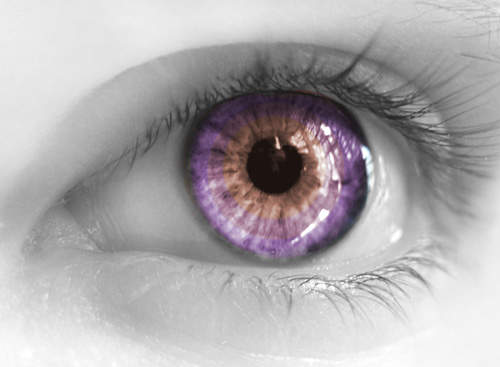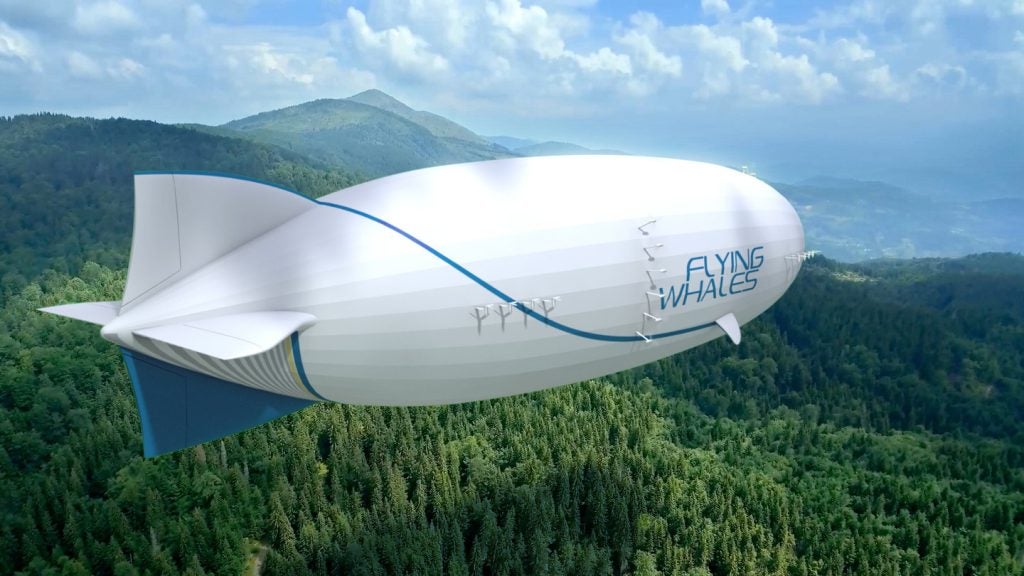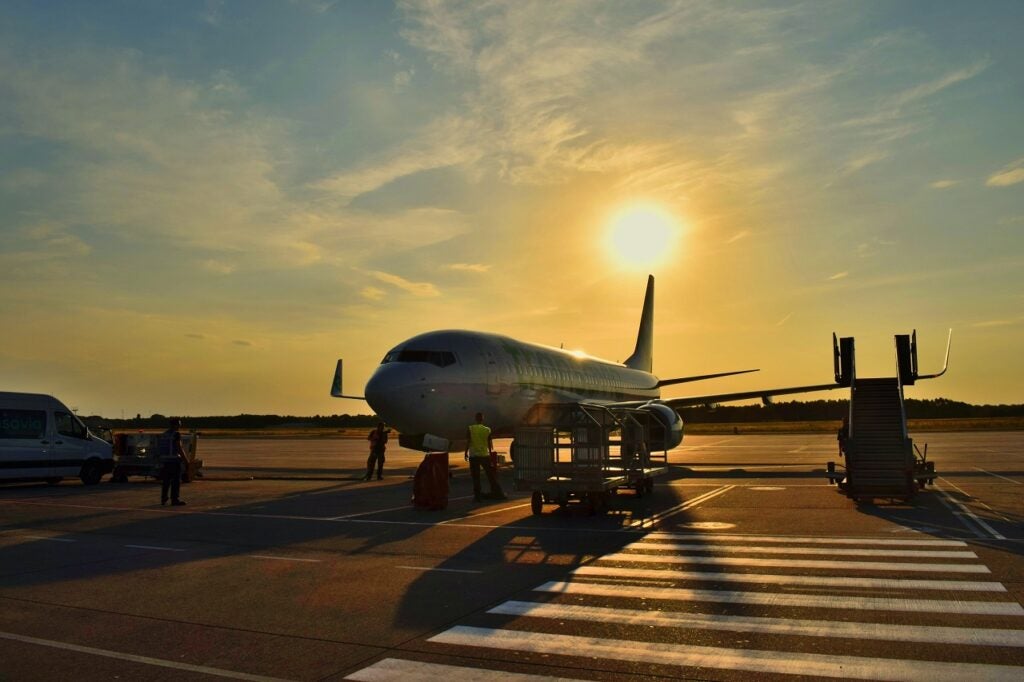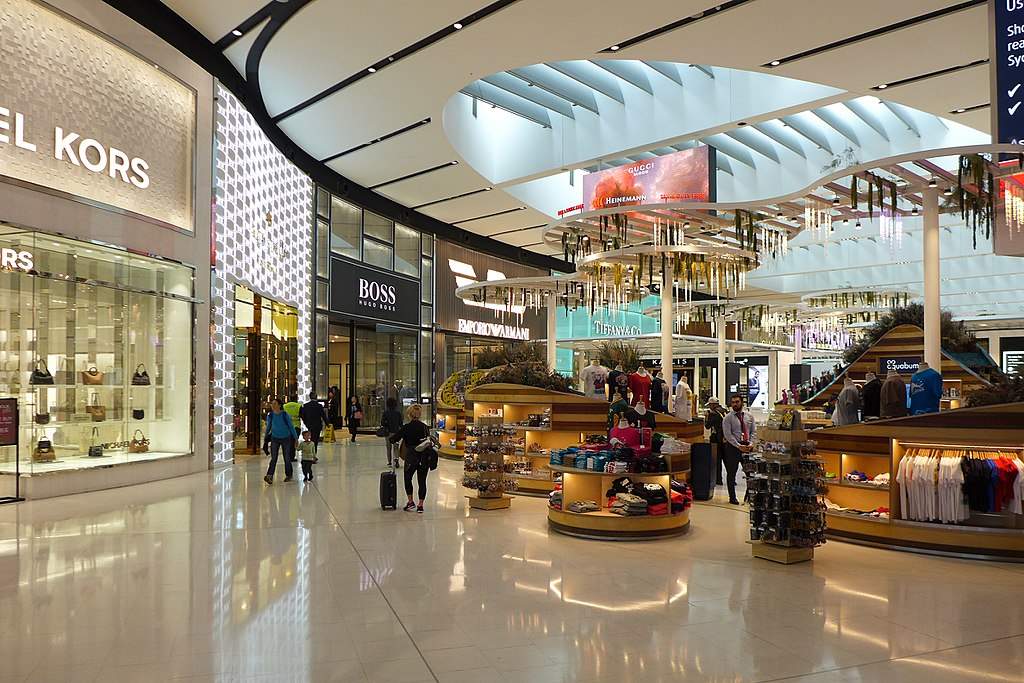
Since terrorists flew two Boeing 767-200s into the World Trade Centre on 11 September 2001 queues at airports have grown beyond recognition.
Shoe checks, hand luggage constraints and extra scans have turned what used to be a two-hour pre-holiday necessity into a three-hour-plus war of attrition. Each time there’s a new scare, like the attempt to blow up Glasgow airport in June, the waiting game and the faces of the frustrated holidaymakers grow longer.
On the other side of the fence, airports cannot risk scaling back their security measures for fear of compromising passenger safety. Imagine the culpability should it be proved that lax security allowed another 9/11 situation to arise.
What to do? Is it possible to find a way of speeding up the process of getting onto planes for ordinary citizens, whilst making it impossible for terrorists to get on board? The answer, it seems, is literally staring us right in the face. Welcome to the world of biometrics.
WHAT IS BIOMETRICS?
See Also:
The name biometrics comes from the ancient Greek bios (life) and metron (measure) and refers to the study of methods for uniquely recognising people based on one or more behavioural or physical traits.
How well do you really know your competitors?
Access the most comprehensive Company Profiles on the market, powered by GlobalData. Save hours of research. Gain competitive edge.

Thank you!
Your download email will arrive shortly
Not ready to buy yet? Download a free sample
We are confident about the unique quality of our Company Profiles. However, we want you to make the most beneficial decision for your business, so we offer a free sample that you can download by submitting the below form
By GlobalDataTraditionally society has relied on possession-based and knowledge-based systems for verifying the identity of people. Possession-based systems use possessions like passports for security, whilst knowledge-based systems revolve around information like passwords.
However since 9/11, the trend has been towards biometrics, as biometric traits cannot be forgotten and are extremely difficult to copy.
WHO’S USING BIOMETRICS?
The nature of biometrics – they are incredibly difficult to forge – make for an excellent system for airport security. The fact that in practice passengers signed up to use biometrics systems get designated security lanes and therefore a quicker, smoother passage onto the plane makes them airport security’s golden ticket.
US company Clear has been using biometrics to make life easier for American airport-goers since 2005. Members of the Clear registered traveller programme are pre-screened for airport security and provided with a biometric card which allows them to pass through airport security faster, in a specially-designated Clear lane.
HOW BIOMETRICS WORKS
The basis of Clear’s biometrics system is fingerprinting and iris scanning. No two irises or set of fingerprints are identical so this data is taken from people on application and then, once they’ve paid the £49.45 ($99) membership fee and been vetted and approved by the US government’s Transportation Security Administration (TSA) members are given a Clear card.
The card contains the member’s name, fingerprints, iris images and photograph so Clear attendants can verify their identity and let them pass swiftly through security.
There are currently 35,000 members on the Clear registered traveller programme and over 30 US airports with Clear lanes including JFK in New York, San Francisco International and Orlando International.
INCREASED SECURITY
The Clear cards are designed to be secure in that they don’t give away members’ personal details. Only card readers authorised by the Clear security team can decrypt and access the biometric and biographic information on the card.
A second layer of encryption has been applied to the information so that even if someone gains access, no personal information is revealed.
The cards are also designed to be far more robust than passports in terms of who they allow to travel. They cannot be faked as biometric identifiers – fingerprints or iris scans – are unique. And the filtering system via the TSA is designed to weed out any undesirables.
SRT KIOSK
The latest development in biometric airport security technology is the secure registered traveller (SRT) kiosk, developed by GE Homeland Protection Inc and debuted in Clear’s registered traveller lanes at Orlando International airport.
The SRT kiosk integrates quadruple resonance technology, similar to a medical MRI, and ITMS (trace) explosives detection technology with biometric identification functionality to create a sensor-fused solution built specifically to support registered traveller programmes.
WHAT THE AIRPORTS SAY
The SRT kiosk is expected to be rolled out at Clear lanes in New York’s JFK terminal seven, Norman Y Mineta San José International Airport, Cincinnati / Northern Kentucky International Airport and Indianapolis International Airport over the coming months. But currently the only airport operating an SRT kiosk is Orlando International.
“Orlando International was the original airport to use the Clear programme which started two years ago,” says Brigitte Goersch, director of security for the Greater Orlando Aviation Authority.
“Reaction from passengers has been positive. Over 35,000 passengers at Orlando International have signed up for the programme, which uses the latest in bio-technology to assist in the timely screening of passengers who apply and are accepted.”
TO PREVENT ANARCHY IN THE UK
British attempts to use biometrics as part of airport security have not been as successful as Clear so far, although there are signs things are beginning to improve.
Project IRIS (iris recognition immigration system) was due to launch in December 2005 but didn’t actually start until a year later. Now operational in nine UK airports, including Heathrow and Gatwick, IRIS runs along the same principles as Clear’s iris scanning technology – members’ iris scans are registered, subsequently allowing them a quick route through airport security.
The difference between IRIS and Clear and perhaps one of the reasons Tory MP Ben Wallace described IRIS as ‘failing half of its assessments’ in January 2007 is the fact that, whilst Clear stores biometric data on a card, IRIS relies on checking people’s irises ‘live’ at the airport. This brings availability and system reliability issues into play, as well as factors like local lighting conditions.
COMMON SENSE
Perhaps learning from the examples of IRIS and Clear, a more integrated pilot biometrics scheme was launched in the UK in early 2007. A collaboration between IT solutions provider Accenture, BAA, Cathay-Pacific, Emirates, the Home Office, IER (airport ticketing), Raytheon Systems, Sagem Défense Sécurité and SITA, the miSense project used a combination of biometrics technology including face, iris and fingerprint recognition.
Over the three-month trial period more than 3,000 passengers used biometrics systems to enter Heathrow, Hong Kong and Dubai airports. Like Clear, miSense issued users with a card containing their biometric data, which was validated by unique cryptographic keys allowing the bearer entry into the airport.
The trial was a resounding success with 81% of respondents rating the service as ‘good’ or ‘excellent’ and 87% saying the enrolment process was easy.
A report into the miSense trial by the conglomoration who ran it said: “The advancement of technology has meant that biometric information can now be captured quickly, unobtrusively and, as observed during the trial, with a high degree of traveller acceptance.”
Immigration Minister Liam Byrne added in the report: “New technology, particularly biometrics, and new approaches to managing risk and intelligence will play a fundamental part in making it easier for good travellers to travel – but bad for those we are concerned about.”






